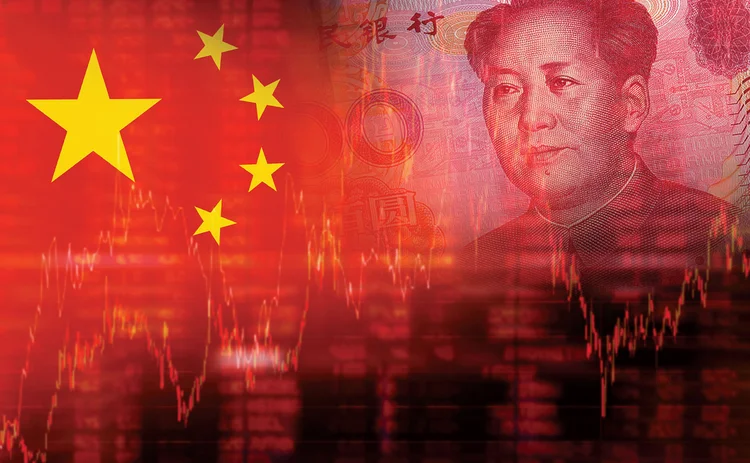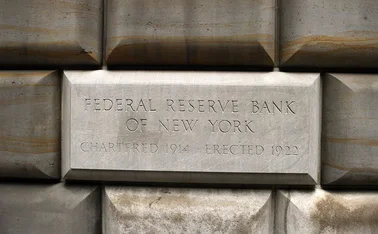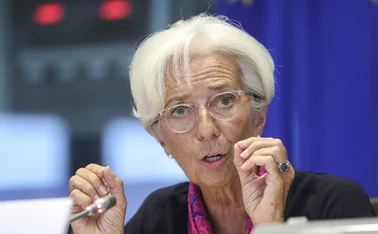
Promoting China’s financial liberalisation agenda
Increased risks are inevitable, given the reform of the banking system, and they can be managed

Since the convening of the Third Plenary Session of the Eighteenth Communist Party of China Central Committee, China has continued to reform and open up its banking and capital market sectors, as well as making additional progress in the areas of internet-based financial inclusion and openness. Meanwhile, with the deposit insurance system established and interest rate liberalisation completed, capital markets are poised to continue to develop and deepen at all levels. There are two highlights in this process:
First, after years of development the scale of the corporate bond market has grown to a significant level. The National Equities Exchange and Quotations market (the new third board market) is developing rapidly and innovative activities, such as margin trading and stock index futures, have also been launched. Meanwhile, independent innovation continues to drive development in the internet finance sector.
With regard to foreign-orientated finance, China has witnessed great progress with the initiation of the Shanghai-Hong Kong Stock Connect programme, overseas financial institutions allowed in the interbank bond market and the reform of the central parity interest rate. However, the development of financial innovation has also led to new risks. The stock market crash in the summer of 2015 was to some extent a reflection of breakneck speed financial innovation. It is clear that supervision has not kept pace and more experience is required to deal with relevant problems.
 Zhang Liqing, Central University of Finance and Economics
Zhang Liqing, Central University of Finance and Economics
Second, risks emanating from reform and innovation are mainly restricted to the area of internet finance. And with the rapid development of peer-to-peer lending in recent years, risks are also building up. Insufficient supervision, the absence of sufficient market access thresholds and the lack of relevant credit checking have also caused concern among overseas investors. Still, there is no need for undue concern. While risks are an inevitable upshot of greater innovation and disruption, they can be mitigated through proper adjustment.
Steady progress
Currently, China is proceeding steadily in the areas of inclusive finance, internet finance and financial openness. Regarding capital market reforms and financial openness, the proportion of direct financing in China is low, and indirect financing is still the major financing instrument. The overreliance on bank loans poses great structural risk and reflects the serious underdevelopment of the capital market.
Thus, further development of the capital market should be promoted. First, after dealing with the remaining problems of the stock market crash, capital market innovation should again take centre stage. Until recently, investors regarded going long as the only way to profit in China's stock market. A short-selling mechanism was later introduced but problems arose owing to immature regulation. Second, reform should be accelerated in the introduction of a registration system of stock issuance. Markets should play a larger role in distributing China's financial resources. The government should let the market decide the scale and price, instead of promoting a false bull market.
Returning to foreign-orientated finance, reforming the exchange rate system and opening up the capital market remain the most important issues. Further exchange rate reform is necessary. With the opening of China's economy, the capital account is also opening up. Without a flexible exchange rate, capital account opening will be highly risky and speculation inevitable.
Returning to foreign-orientated finance, reforming the exchange rate system and opening up the capital market remain the most important issues
During the Asian financial crisis, many countries, most famously Thailand, stuck to a fixed exchange rate system when opening up their capital accounts, prompting ample opportunities for speculation. China today faces similar problems. It is actively promoting capital account liberalisation, while dragging its feet on exchange rate reform. The adjustment of the middle-rate pricing mechanism and introduction of a genuine market mechanism in the exchange rate regime on August 11, 2015 - a meaningful, market-orientated reform - was immediately followed by exchange rate fluctuations. The People's Bank of China quickly intervened, consuming a great amount of foreign exchange reserves to stabilise the exchange rate. As the central bank knows, a substantial drop in the value of the renminbi may obstruct efforts to internationalise the currency.
In the short term, China can manage exchange rate fluctuations and prevent devaluation by enhancing capital controls and macro-prudential regulations. However, renminbi internationalisation depends on more than the exchange rate. In the long term, it will be determined by economic growth prospects and the maturity of the financial market. Short-term exchange rate fluctuations should be put in perspective. It would be unwise to sacrifice exchange rate reform in the interest of renminbi internationalisation. Reform in other sectors cannot be held hostage by one overriding objective.
Open for business
After more than a decade of development, China's capital account is now reasonably open. Of the 40 items described as cross-border capital transaction by the International Monetary Fund, only three are now inconvertible in China. The bond market is next in line for reform. Still, too rapid capital account liberalisation may cause turbulence in the exchange rate while capital market reforms are still ongoing. A lifting of restrictions or scrapping of QDII and QFII quotas or full launch of programmes like the Shanghai-Hong Kong and Shenzhen-Hong Kong Stock Connect would have adverse consequences. China's financial opening must be flexible.
According to relevant research, the probability of financial crisis in China may vary based on the sequence of reforms. The probability of crisis will be 14% if China begins reform by promoting comprehensive and rapid opening of capital accounts. On the other hand, if domestic financial reform is conducted first, while the opening-up process of the capital accounts is slowed down, the risk of a financial crisis in China will drop to less than 5%.
Image: Shutterstock
Only users who have a paid subscription or are part of a corporate subscription are able to print or copy content.
To access these options, along with all other subscription benefits, please contact info@centralbanking.com or view our subscription options here: subscriptions.centralbanking.com/subscribe
You are currently unable to print this content. Please contact info@centralbanking.com to find out more.
You are currently unable to copy this content. Please contact info@centralbanking.com to find out more.
Copyright Infopro Digital Limited. All rights reserved.
As outlined in our terms and conditions, https://www.infopro-digital.com/terms-and-conditions/subscriptions/ (point 2.4), printing is limited to a single copy.
If you would like to purchase additional rights please email info@centralbanking.com test test test
Copyright Infopro Digital Limited. All rights reserved.
You may share this content using our article tools. As outlined in our terms and conditions, https://www.infopro-digital.com/terms-and-conditions/subscriptions/ (clause 2.4), an Authorised User may only make one copy of the materials for their own personal use. You must also comply with the restrictions in clause 2.5.
If you would like to purchase additional rights please email info@centralbanking.com test test test








